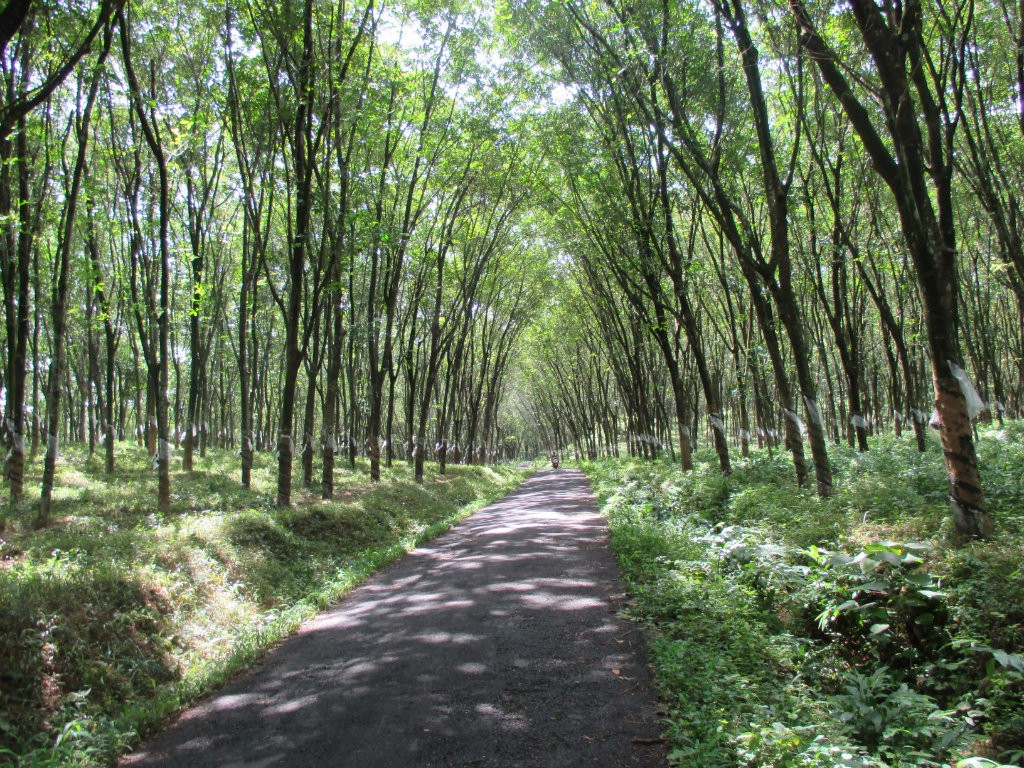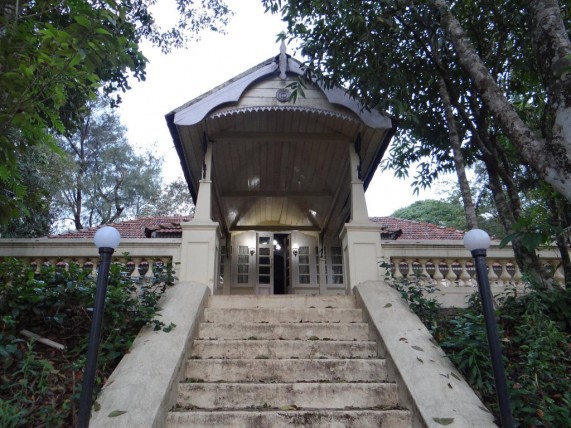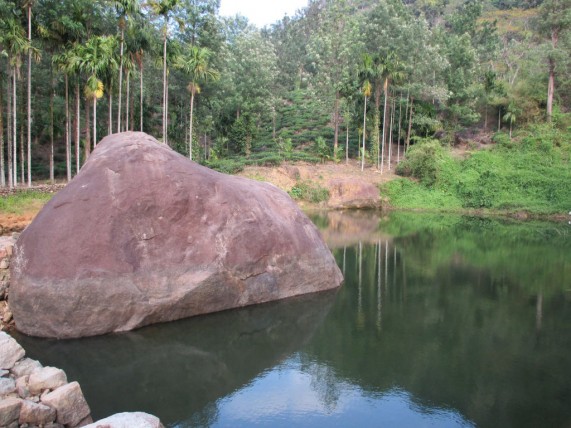Come n’ enjoy: Kerala is turning its picturesque plantations into tourist hotspots
Want to enjoy the timeless beauty of Kerala’s rubber and spice plantations? You’re welcome, thanks to the Kerala Government’s decision to allow the use of five per cent of plantation land for tourism purposes.
These plantations, endowed with undulating hills, charming waterfalls, meandering rivers and rivlets, enchanting woods & forests and exotic wildlife, were hitherto out of bounds for the tourists. With the recent amendment to the Land Reforms Act, plantation owners can construct hotels, resorts and other tourism projects in five per cent of the plantation land owned by them.

Kerala has an estimated 197,542 ha of plantation land. By this amendment, as much as 9,874 ha of land can be used for other purposes. The changes in the law would be a windfall gain for those who hold large tracts of plantation land, like the Tatas and the Harrison Malayalam Groups, who can now convert thousands of hectares of land at their disposal for real estate purposes.
Big planters own Bungalows and heritage buildings mostly built by the British, which could now be renovated and used for tourism. Most plantations are potential tourist hotspots, where you can add fun to your stay with angling, swimming in shallow fresh waters, jungle walks, camp fire et al.
Apart from boosting plantation tourism, the new law will help the planters, who are hit by steep fall in the prices of most plantation crops, to supplement their income by undertaking tourism related activities.

But nothing happens in Kerala without a controversy. The new law relating to use of plantation land for tourism too has invited widespread criticism from environmentalists and even politicians of the left and right persuation.
The main apprehension of critics is that the plantation land will be ultimately taken over by real estate dealers who are keen to appropriate maximum returns by defying socio-economic and environmental issues.
Most of the plantations in Kerala are either in deep forests or on the fringes of tiger sanctuaries. Permitting tourism projects in such ecologically fragile areas would be suicidal, critics argue.

The state-owned Plantation Corporation of Kerala(PCK) and some private plantations like Glenrock Rubber Products and Travancore Rubber & Tea Company have set up facilities for tourists in their plantations. The Thrissur District Tourism Promotion Council has undertaken some tourism development projects, including a ropeway across Chalakudi river, at Ezhattumukhom in the Kalady plantation of PCK. Plantation Valley, the tourist resort owned by PCK at Athirappally, has already turned out to be a major tourist draw.
Also read
9 Kerala dishes you must absolutely try before you die
10 stunning photographs that capture the beauty of monsoon in Kerala
Snake boats are ready: Kerala’s oldest water-sport is still alive & thriving

OMG-inducing, share-compelling, like-attracting, clutter-breaking, thought-provoking, myth-busting content from the country’s leading content curators. read on...
